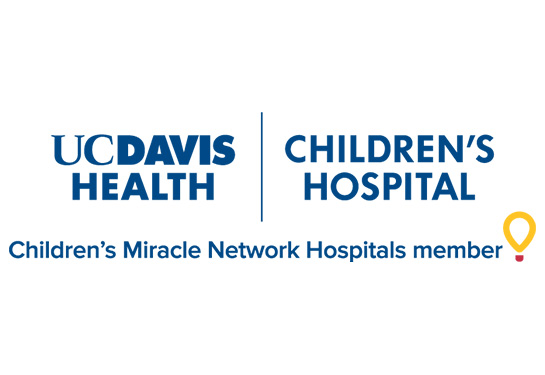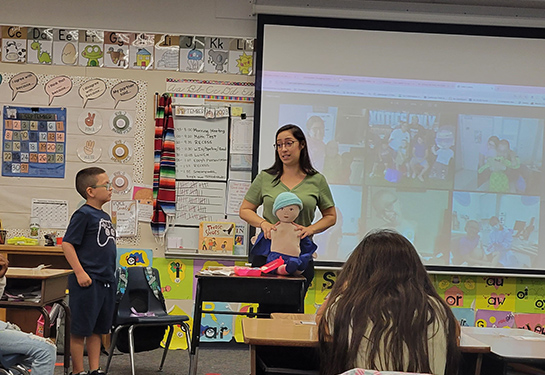Infections from over-the-counter artificial tears: Implications for patients and clinicians
An expert in ophthalmologic product development explains why dozens of eyedrops were recalled this year
The Food and Drug Administration (FDA) has recalled dozens of over-the-counter eye drops — artificial tears — in 2023 due to contamination and unsafe manufacturing practices. Four deaths from sepsis, 14 cases of vision loss and more than 80 infections were reported as of May. Most of the patients reported using EzriCare Artificial Tears, which was recalled in February.
In August, the FDA issued a warning about two additional types of eye drops, and at the end of October, issued a recall for dozens of eye drop brands sold at CVS, Walmart, Rite Aid and Target. In November, the FDA issued a recall for an additional 27 products. Using these products puts consumers at risk of infection, which could result in partial vision loss or blindness.
Gary D. Novack has decades of experience in ophthalmologic product development and has been following the recalls.
The clinical professor and pharmacologist in the UC Davis Department of Ophthalmology and Vision Science recently wrote an editorial for Ophthalmology Journal on the implications of eye drop recalls for patients and clinicians.
He also sat down for an in-depth conversation with ophthalmologist Matt Feng for the Ophthalmology Journal podcast to review what is known about the recalls and the range of issues they highlight for clinicians.
Below is a Q&A with highlights from the podcast and editorial. Read the full editorial here and listen to the podcast here.
Why are we seeing so many more recalls this year?
During the pandemic, there was a travel ban, and the FDA did not inspect facilities. We know that in 2022, there was an inspection of the facility that ended up having products recalled in February. So there has probably been an increase in inspections this past year — at least relative to what happened during the pandemic — and the FDA is finding unsanitary conditions.
What is known about the bacterial infections?
A carbapenem-resistant strain of Pseudomonas aeruginosa with Verona integron-mediated metallo-β-lactamase and Guiana extended-spectrum-β-lactamase was isolated from one patient. The bacterium had never been reported in the United States and seemed to be sensitive only to a relatively new intravenous cephalosporin, cefiderocol.
What problems have been identified with the recalled products?
All eye drops need to be sterile. Ophthalmic pharmaceuticals are packaged either in preserved multidose containers, nonpreserved unit-dose containers, or special function containers for multidose nonpreserved products. The product in the February FDA recall was nonpreserved and multidose, without any special system to prevent contamination. Thus, it was inappropriately made and not in compliance with FDA regulations. The most recent recalls are due to unsanitary conditions and bacteria found as the product was being manufactured.
Do other ophthalmic products carry a risk of eye infection?
Ophthalmic products made by compounding pharmacies can have the same risks as those in the recalled products. For example, nonpreserved multidose products without a special container closure can carry risks. Because testing of compounded products is much less rigorous than that of marketed products, no way exists to quantify this risk. Fortunately, few case reports of infection with compounded ophthalmic products exist, but patients and clinicians need to be aware.
The recalls have left patients confused. What are some of the main messages you want them to know?
Over-the-counter artificial tears are a common treatment for conditions such as dry eye. Millions of patients use them. It is essential to make sure that patients discontinue any of the recalled products and be alert for signs and symptoms of infection.
Months after the national alert in the winter, patients were still being infected with the product, so it’s crucial to continue to educate patients about the recalled products.
Patients should also know that prescription eye drops are not affected by these recalls — they can continue to use their prescription eye drops as directed.
What can ophthalmologists do?
It may be useful to ask patients to bring all their medications to their visits so clinical personnel can review them. In addition to identifying any recalled products, there is a possibility that another manufacturer might make a multidose nonpreserved product without a special container or closure system. If a patient has purchased it, they should stop using it.
Clinicians typically do not have to worry about sterility with marketed products, but current events necessitate raising awareness about ophthalmic pharmaceutical product quality.
FDA Eye Drop Recall Announcements
Listen to the Ophthalmology Journal Podcast: Infections from Artificial Tears
The UC Davis Eye Center provides world-class eye care, pioneers collaborative vision research, and trains the next generation of specialists and investigators to become leaders in the Sacramento region and beyond. The Eye Center team aims to transform vision care and develop cures for blinding eye diseases, from cornea to cortex.




